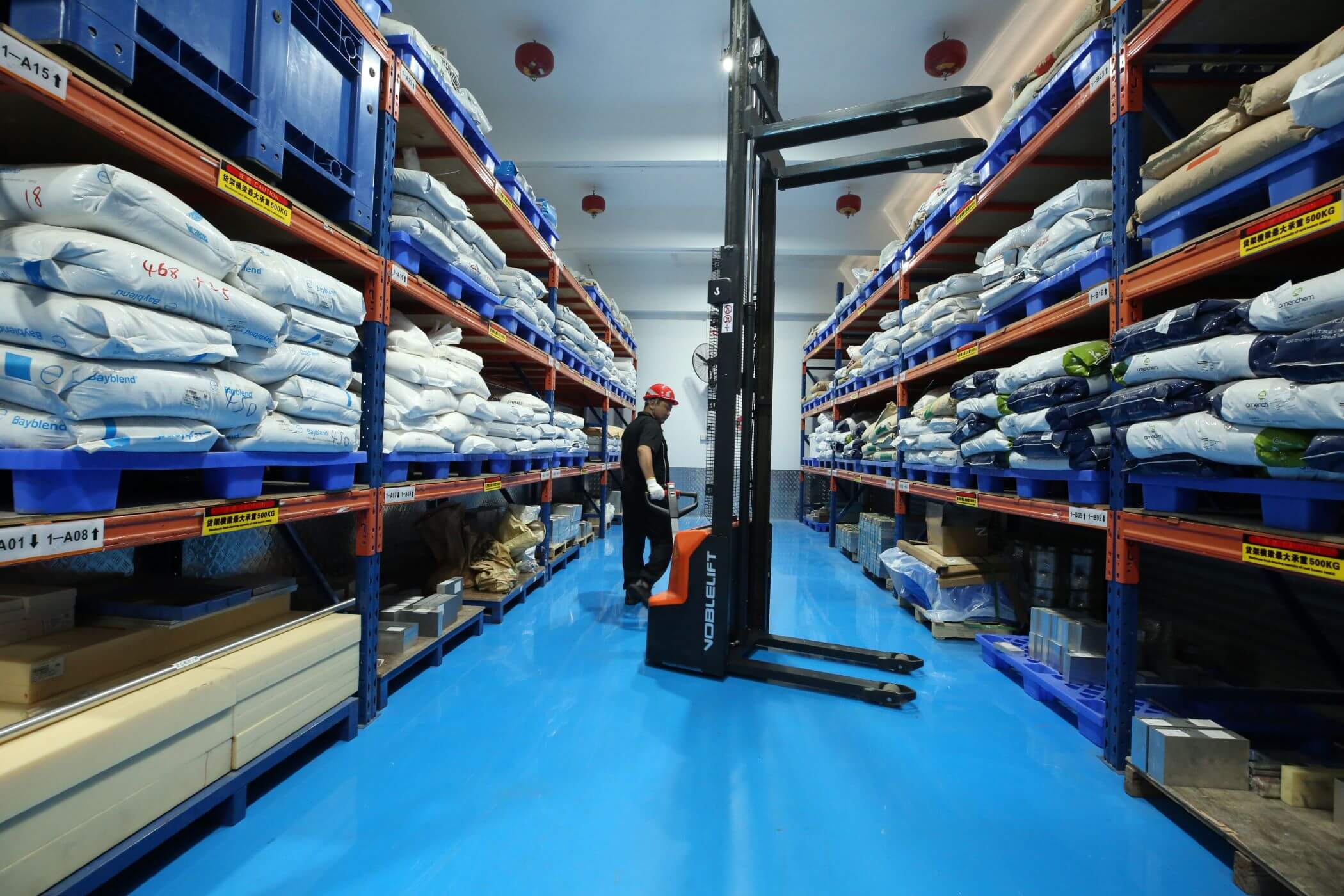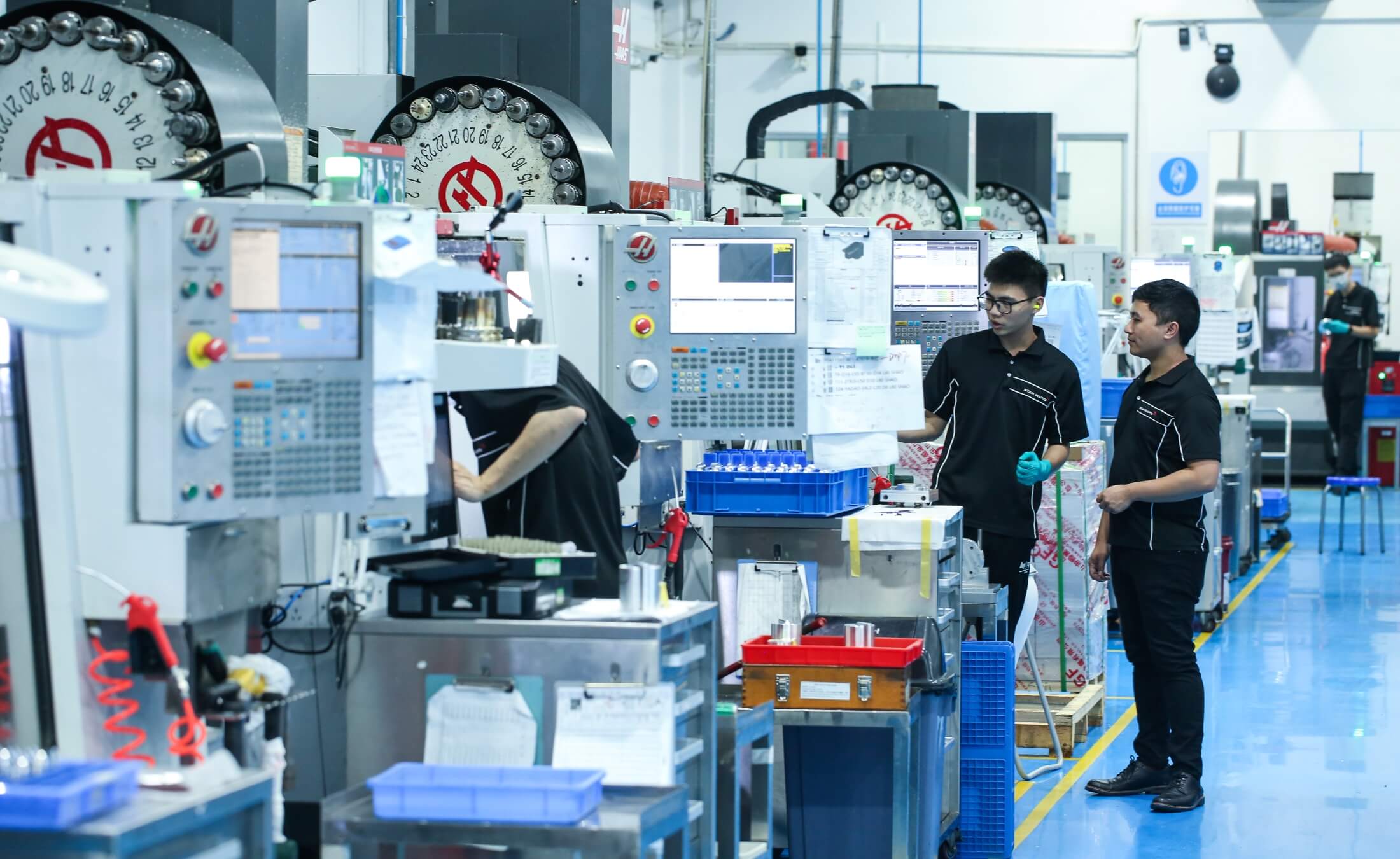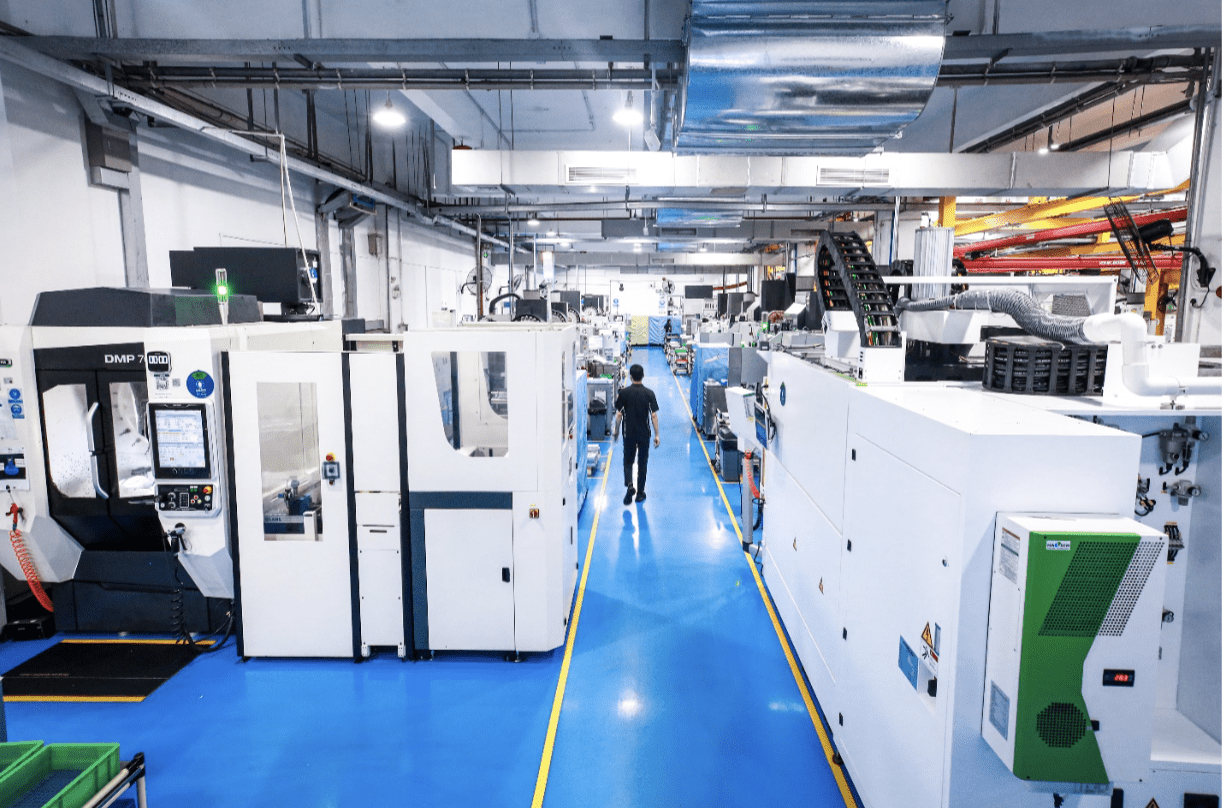From 1994, my first rapid prototyping company STYLES RPD was the first bureau in the UK to do any medical modeling using stereolithography (SLA).
Apart from a few innovating surgeons, it was widely rejected by the National Health Service at the time. Although it saved huge amounts of time, and saved many lives, it didn’t save money as far as the National Health Service was concerned. Their rationale was the following, and I paraphrase: “Our operating theaters have a queue a mile long, no matter how many people we treat, the queue will not get any shorter because more and more people will want the service. So, if we treat twice as many people, and even save lives, there is no commercial justification.” Yup, welcome to Britain.
At the time the NHS couldn’t care less about how many people they killed, which was evidenced when the trusts decided to save money by using soap instead of antibacterial washes to clean hospitals. Soap is fat, which is food for bacteria. They coated all surfaces in hospitals with a luxury buffet for bacteria and then wondered why tens of thousands died of MRSA and CDIF. Fortunately, the insurance companies in the USA figured out that medical modeling DID save them money and they made medical SL models a legal requirement before any MaxFax surgery.
Read more about this story in a case study which was written back in the 90s: Mission Impossible – Inconceivable Surgeries Successfully Accomplished
by Gordon Styles








